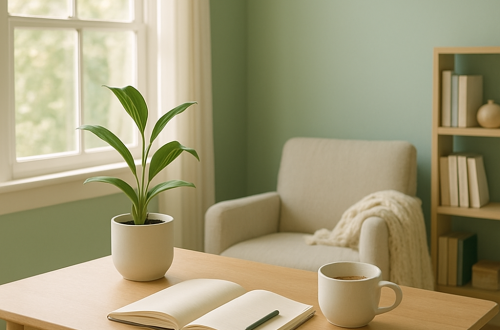Exploring the Evolution of Beauty Standards Across the Globe
Beauty standards have not only varied greatly across different cultures and eras but have also reflected the complex interplay of societal values, economic conditions, and technological advancements at any given time. The question of what constitutes beauty has always been a shifting mosaic of influences and ideals, making the exploration of its evolution both fascinating and complex.
Historical Perspectives on Beauty
Historically, beauty standards have been closely tied to social status and wealth. In ancient Egypt, for example, both men and women of the upper classes used cosmetics and elaborate hairstyles to signal their status and align with the cultural norms that associated beauty with the gods. Similarly, during the Renaissance in Europe, pale skin was highly prized, a trend that indicated a person did not labor outdoors, thus distinguishing the wealthy from the peasantry.
Cultural Variations and Influences
The definition of beauty not only changes over time but also varies significantly from one culture to another. In many Western societies, for instance, a slender figure has often been idealized. This contrasts sharply with places like Mauritania, where, historically, plumper figures have been seen as more attractive, often associated with wealth and well-being.
An interesting anecdote that illustrates the profound impact of cultural context on beauty is found in the practice among the Kayan people of Myanmar, where women wear brass rings to elongate their necks. To the Kayan, this is a traditional beauty standard, but to outsiders, it might seem an extreme practice.
The Role of Media and Technology
The advent of global media and technology has homogenized beauty ideals to some extent. Hollywood movies, fashion magazines, and, more recently, social media platforms have all played significant roles in shaping and sometimes narrowing our perceptions of beauty. The “Instagram face,” a term used to describe a specific set of features enhanced and popularized through filters and editing apps, is a prime example of how technology is setting a singular standard for beauty. In my opinion, this trend towards a digital blueprint for beauty is concerning as it pressures individuals to conform to an unattainable ideal, often at the expense of their health and self-esteem.
The Impact of the Beauty Industry
The global beauty industry, worth billions of dollars, exerts a vast influence on beauty standards. By promoting certain products or looks, the industry can amplify specific standards and often drives the creation of new ones. One could argue that the industry has a vested interest in perpetuating ever-changing beauty ideals to sustain consumer engagement with new products and trends.
Counterarguments and Unconventional Observations
Despite these influences, there are movements pushing back against standardized beauty norms. The body positivity movement, for instance, advocates for the acceptance of all body types and the appreciation of diversity in human appearance. This movement represents a significant counterargument to the traditional beauty industry’s narrow definitions of beauty.
An unconventional observation might be that while many lament the homogenization of beauty standards, this global mingling could also lead to a broader, more inclusive definition of beauty. As cultures intermix and influence one another, what is considered beautiful could become a more eclectic and inclusive mix. In my opinion, this could potentially lead to a more accepting and less judgmental society when it comes to appearances.
Personalization of Beauty
Individuals today are increasingly turning away from universal beauty standards and embracing personal style and authenticity. This shift is evident in the growing popularity of tattoos, unique hair colors, and diverse fashion choices that flout traditional norms. In a world that increasingly values individual expression, beauty is becoming as unique as the person themselves.
Predicting Future Trends
Looking forward, it seems likely that technology will continue to play a transformative role in beauty standards. However, in my opinion, there is also a growing awareness of the need for sustainability in beauty practices, which might lead to a greater emphasis on natural products and methods. This could redefine beauty practices to not only include what is aesthetically pleasing but also what is environmentally sustainable.
Reflections on Beauty Standards
In reflecting on the evolution of beauty standards, it’s clear that what we consider beautiful is deeply intertwined with our human experience shaped by historical events, cultural practices, technological advancements, and now, more than ever, individual choices. The continual evolution of these standards is not just about the superficial aspects of appearance but speaks volumes about societal changes and values.
In a world that is increasingly connected yet individualistic, the future of beauty might just lie in the celebration of diversity and the empowerment of personal choice. As we move forward, embracing this complexity and variety can lead us to a more inclusive and accepting understanding of beauty.
In conclusion, beauty standards are far from static or universal. They are dynamic, multifaceted phenomena that reflect the changing landscapes of societies around the world. Whether driven by cultural heritage, economic conditions, or individual personality, the ideals of beauty continue to evolve, presenting both challenges and opportunities for personal and collective growth.


